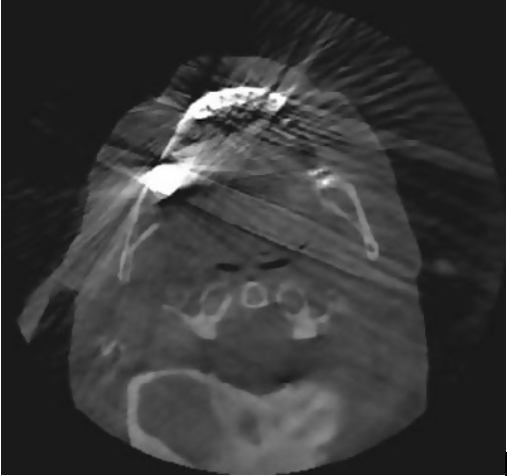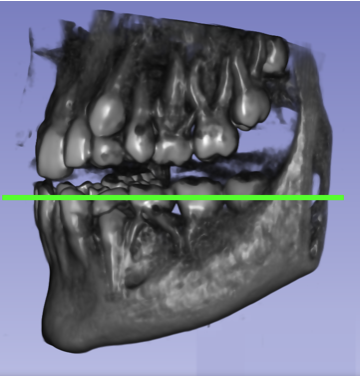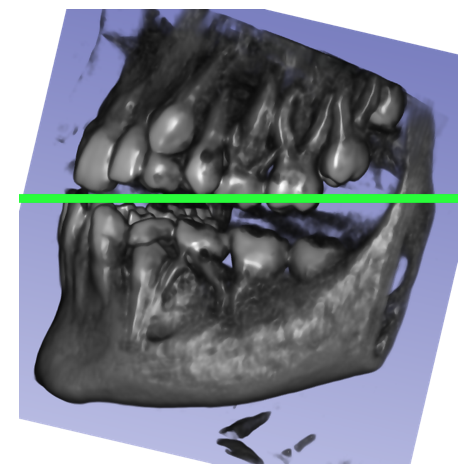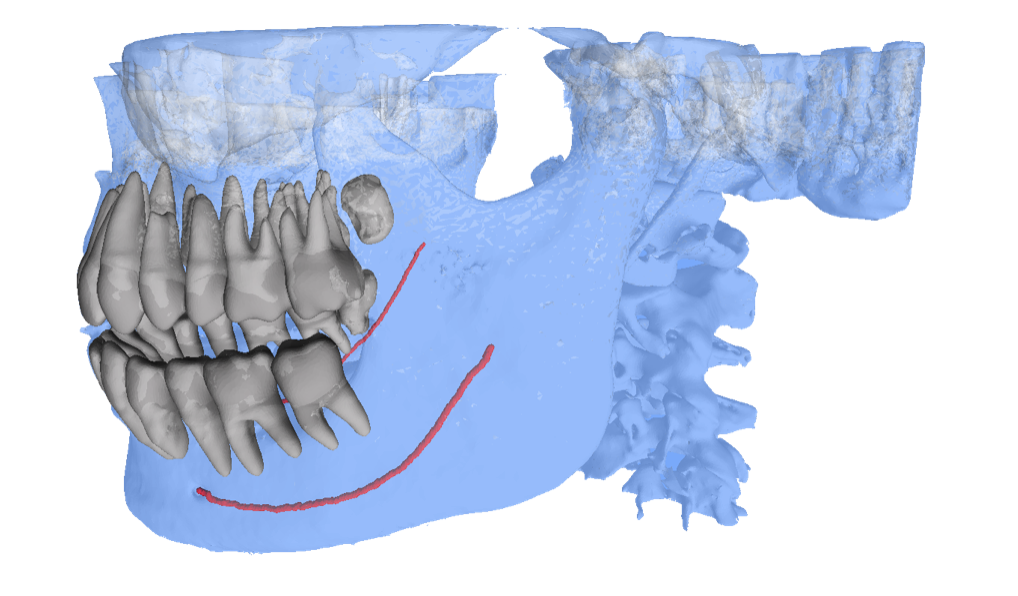ORCA Dental AI Announces the Appointment of Mr. Chen Porat as VP Sales
ORCA Dental AI, the leading dental AI solutions provider, today announcedthe appointment of Mr. Chen Porat as VP Sales.
The move follows an extensive period of continuous growth and increasing market demand for the company’s new AI software products.
Mr. Porat joins us with over 8 years of sales management in the dental market, and extensive experience in working with key players and opinion leaders in the field.
In his previous position, Mr. Porat managed the US subsidiary of a leading dental implant company. In his role, he helped develop the company into a substantial market player by setting up a sales team, a marketing strategy, as well as an infrastructure that supported rapid growth.

As VP of sales, Mr. Porat will lead the ORCA Dental AI global sales team to establish a global network of resellers and agents and support continuous growth.
“Since the release of our latest dental AI software, we’ve been experiencing accelerated growth and increasing demand from potential resellers and agents that recognized the business potential we can deliver,” said Shlomi Avigdor, Co-founder and CEO of ORCA Dental AI. “Chen’s proven experience in dental sales management will help Orca execute its ambitious growth plans for 2020 and we’re thrilled to have him join the team.
About ORCA Dental AI
ORCA’s AI and deep learning solutions allow automated and accurate interpretations of dental imagery. The company’s technology helps dental practitioners to improve office efficiency and productivity, save time and energy, and to reduce medico-legal risk.
ORCA envisions a world where its highly sophisticated capabilities will immediately and seamlessly provide diagnostics, visual treatment suggestions and pathology findings. The solutions cover all types of dental imagery namely X-rays, CTs and intraoral scans.
ORCA aims to provide services to the entire dental ecosystem including Orthodontists, GPs and Prosthodontists. ORCA has partnered with the leading dental imaging manufacturers and top market players across the entire dental value chain, including Dentsply Sirona, Cefla, and Planmeca.
For more information about ORCA’s advanced solutions, visit http://www.orca-dental.ai.








